Before we begin, a passage of fiction that evokes something of how we navigate the world. Play above for an extended reading.
Not only people but places bloated with recall. As Estrin churned the Mournes on her Guzzi, Kilimanjaro poked unbidden between the breasts of Hare’s Gap. Even a distinctive landscape would remind her of terrain just like this. Irish heath recalled Scottish heath recalled the rugged purple country between Barcelona and Madrid. Memory as contamination. While this cornucopic tumble of mountains gave her life an opulence, it wasn’t clean. Anyone who liked to leave so much had a taste for a wiped slate. Yet lately, no matter where Estrin flew to, no city was new.
—Lionel Shriver, Ordinary Decent Criminals
Hello again!
Here’s something new. I normally include a selection of links with every letter I write, but I’ve decided to experiment with a dedicated curated section instead—so that my sharing them, some of which might relate to current talking points, won’t depend on my having completed a letter to send out.
For the first in this new series, let’s start with a short dispatch from my sunny country by my friend Bel, whom I’ve known since we were pimply teenagers, and who is one of the best people I know. She works in education and resides in Kuala Lumpur, where she administers tender loving care to a sizeable collection of plants that have outgrown lockdown, with names like Baby Gaga and Childish Bambino. If you want to see them, follow her at @xtabelll ❤️
A postcard from Malaysian Borneo
Words and photographs by Cristabel Tan
I’m on the last of twelve days in Sabah, the Land Beneath the Wind. We spent five days diving at Pulau Sipadan and Kapalai, three days trekking through the Danum Valley forest, one day cruising and trekking along the Kinabatangan River, and one day birding at a Kampung Kiau homestay in the highlands near Mount Kinabalu. We’ve driven something like five hundred kilometers across the state in our trusty Myvi.
We’ve seen a herd of pygmy elephants, an orang utan, red leaf monkeys, civet cats, bearded pigs, sambar deer, mouse deer, a leopard cat, proboscis monkeys, three types of owl, sharks, turtles, a giant sleeping bumphead parrotfish, a large school of jackfish, a crocodile, several species of hornbill, a leaf mantis, an elegant bronzeback snake, night wasps, numerous bugs and frogs and birds, and roughly 1.5 million mosquitoes.
It’s been an incredible adventure, and not just because it’s the first time I’ve boarded a flight since the pandemic hit. It’s also not because of the magnificent mountain views, the incredible wildlife, the great company, the Sabahan food (same same but different from Semenanjung food), or spending time with my dad. This is going to sound cheesy, but what’s really made a difference are the Sabahan guides we’ve gotten to know, and the stories we’ve heard. And there are many stories, but here’s one.
At Kampung Kiau, our host, Saihing, and his family farm their own rice, vegetables, durians, and kelulut honey on a small plot of land surrounded by hilly mountainside. He’s extremely enterprising, opening up his house as part of the Guas Nabalu Homestay co-op while also guiding ornithologists and birding enthusiasts from around the world. He’ll also be starting an Arabica coffee farm in the hills, as well as a possible ATV trail. He’s in his late forties, and spent many of his earlier years as a Mount Kinabalu guide.
Upon hearing this, I told him about my own story going up the mountain in 2014, and about this really cool young guy, Robbi, who led our group of a hundred. I’m pretty sure I had a little crush on Robbi, because he just had so much swag. But alas, he had recently married. In 2015, Sabah was hit by the most destructive earthquake that ever hit Malaysia, killing eighteen people. I later read in the papers that Robbi had been on the mountain when it happened, and tragically died saving a Thai tourist. Turns out he and Saihing were first cousins. It’s one of those strange, poignant intersections of space and history and time that make you think and feel many things about life, death, and how we’re all connected.
After a morning of steep climbing and sub-endemic Bornean birds, Saihing brought us to Everything Pineapple, a social enterprise that makes jams and chutney from local pineapples. It was started with the support of a lady from an Anglican church in Kuala Lumpur, and now employs sixty women in Kiau. Saihing feels that the earthquake also came with a silver lining, because it helped give birth to this.
An interesting aspect of all the co-ops, NGOs, and enterprises we visited was that all of their centers have built-in training facilities. Capacity building is an integral part of the work they do, and it was incredible to see such purpose-driven development from the ground up. I was told that Sabah’s government has historically been more open to letting foreign and local NGOs carry out conservation and community work in the state. There are always people willing to pour their time and expertise into doing work that governments just don’t have the time and resources for, and governments need to embrace this instead of fighting it.
This whole adventure came to be because of Abraham, a Sarawakian friend from college who is currently based in Sabah. We’ve been having long conversations along the Pan-Borneo Highway. Once, he asked: “Do you still believe in the Malaysia project?” At first I thought he was referring to our national narrative about unity in multiculturalism, which we have tragically fallen short of in reality, but that’s actually more of a Semenanjung preoccupation. He was actually talking about Sabah and Sarawak joining with Malaya in 1963 to form the nation state of Malaysia. Has it worked? Has it been worth it?
I answered that honestly, I feel that Peninsular Malaysia has taken such advantage of East Malaysia, sucking up their resources, creating racial politics, stunting their development, etc. I think they would be much richer, much better off on their own. I love having them be a part of us, but I’m not sure it’s the best thing for them.
I expected him to agree. It’s a rational response, and maybe I just love me some secession drama. But his response was that, for some reason, even among the progressive, anti-establishment activist circles he runs in, he and many East Malaysians still believe in the Malaysia project—that we are one nation together, and that we share a uniquely Malaysian identity. They can’t really articulate why; the feeling defies logic. But they do. And I’m just grateful I get to share a place with them to call home.”
A note on Malaysian geography: Semenanjung is the Malay word for peninsula; Peninsular Malaysia is also known as West Malaysia. East Malaysia refers to the Malaysian territories on the island of Borneo, which includes Sabah and Sarawak.
On place and identity & navigating the world
Tea, Biscuits, and Empire: The Long Con of Britishness by Laurie Penny:
(No British expat can honestly criticize a franchise like Downton for taking advantage of the North American fascination with Englishness, not unless we can say we’ve never taken advantage of it ourselves. Occasionally we catch one another at it, and it’s deeply embarrassing. Not long ago, waiting for coffee in the morning, I listened aghast as an extremely pretty American lady with her arm around an averagely-attractive Englishman explained that their dog was called something not unlike Sir Humphrey Woofington-Growler. “Because he’s British—my boyfriend, I mean.” Said British boyfriend’s eyes were pinned on the middle distance in the full excruciating knowledge that if he’d given a dog a name like that at home, he’d have got a smack, which would have upset the dog.)
Katherine Rowland from Washington’s Methow Valley, The Woman Who Lives 200,000 Years in the Past:
But while Lynx does her best to maintain a primitive lifestyle, she is still a product of the 21st century in significant ways. After years of trying to commit to a single region, she now divides her time between the Cascades, northern Sweden, the Dordogne Valley of France, and occasional forays beyond. This breed of nomadism is a far cry from the migratory patterns of traditional hunter-gatherers, who followed the clement weather or their feeding herds. Indeed, if there is a major crack in Lynx’s Paleolithic persona, it is not that she sometimes uses a store-bought plastic toothbrush or indulges in the odd pizza. It’s not her penchant for reading classics by candlelight (when I visited her, it was Thomas Hardy’s Tessof the D’Urbervilles) or her use of the old computers at the Methow Valley Community Center to check her email, nor is it her competence with PowerPoint (she likes making slideshows to document her projects). It is that her fascination with the wide world—and her ability to hop on a plane in order to explore it—marks her as a thoroughly modern human.
Sirin Kale from Bali, ‘It’s bullshit’: Inside the weird, get-rich-quick world of dropshipping:
Craig is also scathing about the broader digital-nomad community, despite the fact that many are Dojo customers. “There’s an immaturity about it,” he says. “It’s two times removed. Digital means you’re connected to this digital thing that is removed from yourself, and nomad means you’re not really connected to the place you’re at.” He’ll throw digital nomads out of Dojo if he feels they are acting entitled or rude to staff. “I kick them out. Because that MacBook is two years salary for the guy at the front desk. You don’t think that guy wants his MacBook?”
Meg Bernhard from Barcelona, Cuarentena:
Ana worried for her own health, yes, but she was more concerned about the other women living in her apartment. At 58, she’s like a mother to the sex workers on Carrer d’En Robador, just a hyphen of a street where they work and live. Ana helped shape the rules of work in the flats—twenty minutes max, only penetration, no touching, no oral. Before the lockdown, the women came to Ana if there was a problem with a client, if they felt sick. She kept her phone on all night. At daybreak, she swept the street.
The Enduring Romance of the Night Train by Anthony Lane:
The third reason to choose a sleeper train—and the most compelling—is no more practical than the taste of a peach. At stake, you might say, is a sense of latent adventure. Although it is unlikely, as you clatter through the night, that anything of note will befall you, the prospect that it could feels ever present, just out of sight beyond the next curve of the track. To remain awake to that possibility, even as we’re meant to be sleeping, is the privilege that beckons some of us back, year after year, to this awkward and beguiling locomotion.
How we move (or not) and live now
The spectacular tale of a stranded circus—and its great escape from Honduras by Tomas Ayuso and Nina Strochlic
Raphael Minder from Barcelona, Wandering a Grand Hotel Emptied by Coronavirus, and Checking 1,400 Taps
The Great Climate Migration Has Begun by Abrahm Lustgarten
Brooke Jarvis and Sofía López Mañán from Argentina and Brazil, How to Move Your Elephant During a Pandemic – I know, double animal entry. I couldn’t resist!
A Stunning Filmic Tribute To Ballet In A Deserted New York by Craig McDean and Masha Vasyukova
Making sense of a world at once quotidian, absurd, brutish, poignant, and extraordinary
From Kiana Hayeri in Afghanistan, She Went to Prison for Killing Her Husband. The Pandemic Set Her Free
Evoking History, Black Cowboys Take to the Streets by Walter Thompson-Hernández and Kayla Reefer in the U.S. If you’d like to learn more, Alissa Greenberg, a writer friend, also wrote about them a while back.
In the Philippines, a child alleges abuse by Catholic priest — and tests Vatican promise for global reckoning by Shibani Mahtani, Regine Cabato, and Hannah Reyes Morales.
In Cambodia: The Rat Catchers of Takeo
Future work and travel
I’m quite heartened by this global online movement, which has already been heeded by several countries. From Priscilla Lalisse-Jespersen, ‘Love is not Tourism’: Couples separated by pandemic travel bans are fighting to be reunited.
If you’re a traveler who prefers traveling for longer stretches, and you have the flexibility of working from the road, you might be interested in the fact that Georgia is welcoming long-term visitors. Barbados, too. At least for up to a year, it seems. More countries have joined in—though it’s not clear whether it applies to all nationalities. NYT has also just weighed in.
From Sebastian Modak, Money can buy social distance. But where does that leave budget travelers? This has been on my mind, since I sometimes stay in hostels when I want to stay longer somewhere and need to stretch every dollar. Perhaps accommodations can be made more pod-like to ensure social distancing?
Hotels turned their lobbies into a social hub. Then came the coronavirus. I was enjoying this turn of developments before the pandemic struck, and it’ll be sad to see it go before it even had a chance.
It seems like Airbnb bookings are still going fairly strong. So, Are Airbnbs safe?
Writers on the road
Writing, Traveling, and the Creative Act by Suzanne Joinson—an old piece, and still one of my favorites:
Writing is pushing away and then pulling back. Like a swallow, moving back and forth, abandoning landscapes and going with the weather. I’ve realized that writing and traveling ultimately come down to a negotiation with interiors that can be borne long enough to either write about or temporarily exist in, or both. Tunnelling inside, finding a way into my own nerves and back out again; a journey that is never over. On some days it can be taken in the coffee shop in my local town, on others, it is only possible in Kathmandu.
What’s Love Got to Do With It? by Alice Driver:
I was in a relationship for a decade, six of those years married, and when my husband left, he said, “You only care about your own projects.” And he was right about that—I do care deeply, obsessively about my own projects, about the curiosity that brings them to life, their creation, planning, and execution. For a year or two after the break-up of our marriage, I debated my worth and what kind of a woman I was, wondering if I should—or could—change. But for better or worse, at my core—the cells and ideas and emotions that give my life meaning—are related to my creative projects which make me feel like a fully engaged participant in the world.
I lost both my parents to Covid-19 while away on a travel-writing assignment by Malaysia-based writer Marco Ferrarese:
There were a few brief WhatsApp messages to interrupt the subsequent radio silence, making our distance feel just a tiny bit less abysmal. Mom had seemed positive about recovering, but something smelled foul. Then came my father’s last piece of advice: “Stay far away.” It reconciled perfectly with the reality that had kept us separated for a decade—me traipsing around the planet; them trapped in their Northern Italian routines.
How we make sense of the world & tell its stories
Rightly, there’s been quite a bit of long-overdue talk about decolonizing travel and travel writing lately. A round-up of takes I liked:
More voices for a bigger picture by Noo Saro-Wiwa
Travel Writing Needs More Journalists of Color by Sarah Khan
On the Complicated Questions Around Writing About Travel by Intan Paramaditha
Life As a Black “Digital Nomad” Isn’t the Same by Imani Bashir
And, who gets to be a foreign correspondent? An older but ever relevant piece: The Problem with ‘Fixers’ by Priyanka Borpujari.
Something to think about
The Long Time Project, a multidisciplinary initiative to harness art and culture towards cultivating long-term thinking to the world’s problems. It’s a tall order, changing how we think about time.
Which reminds me of something John McPhee said about human time and geologic time:
That’s all for now, thank you so much for reading. Do let me know if you enjoyed this and if it’s something you’d like more of.





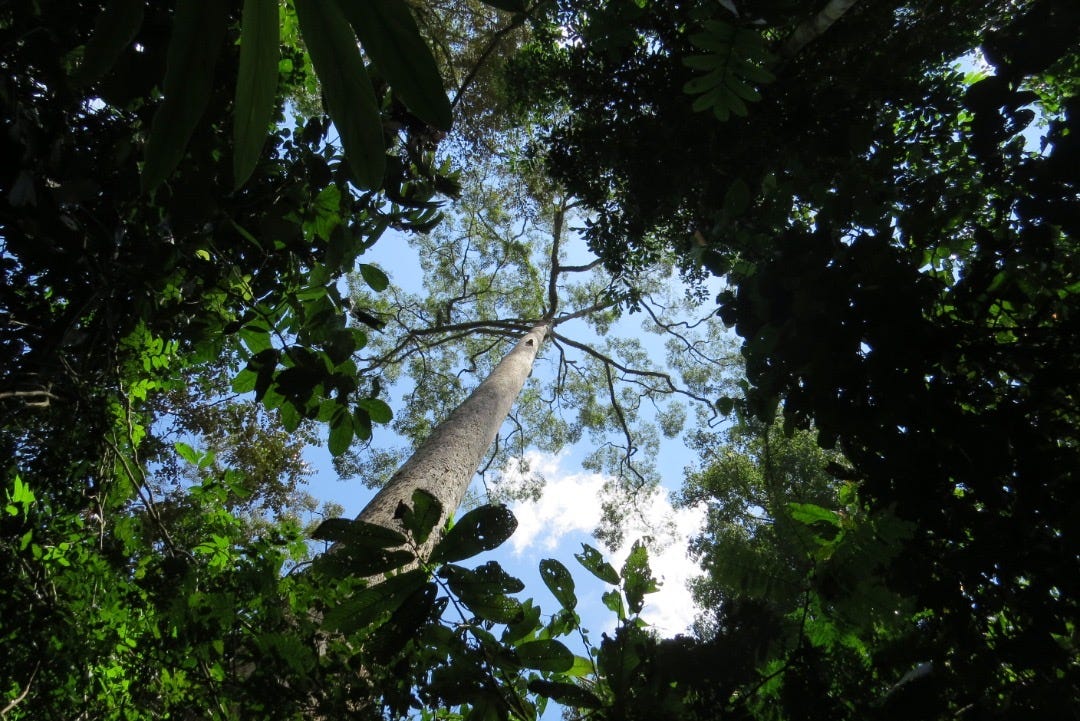

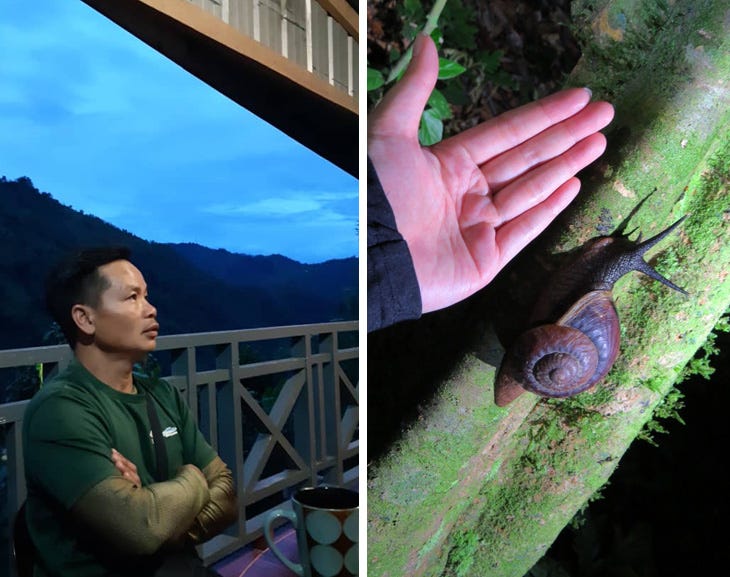
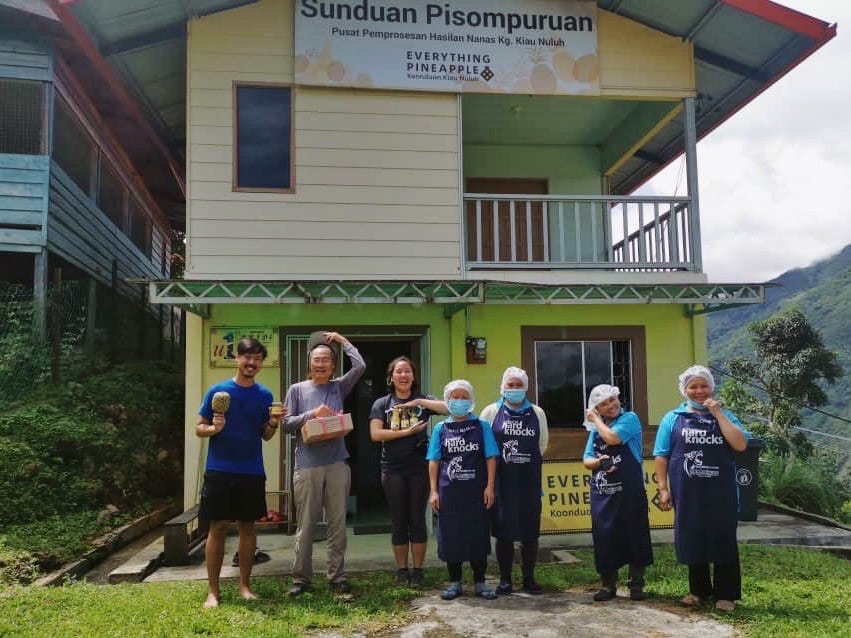
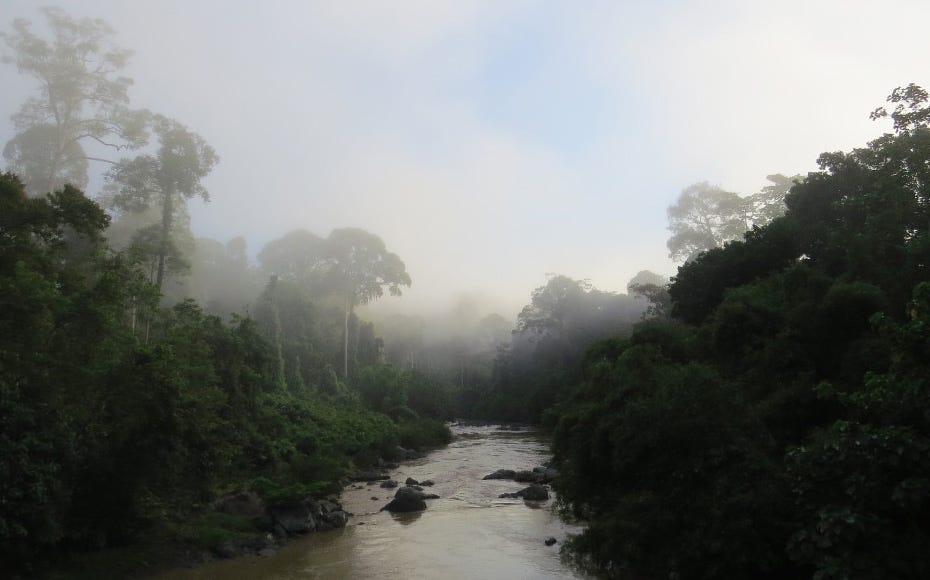




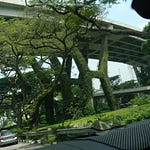
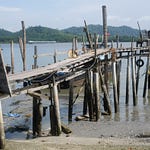
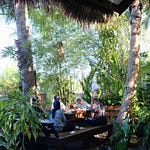

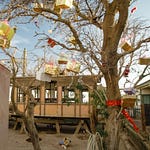
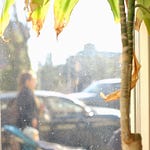

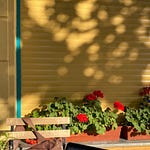
Landmarkings #1